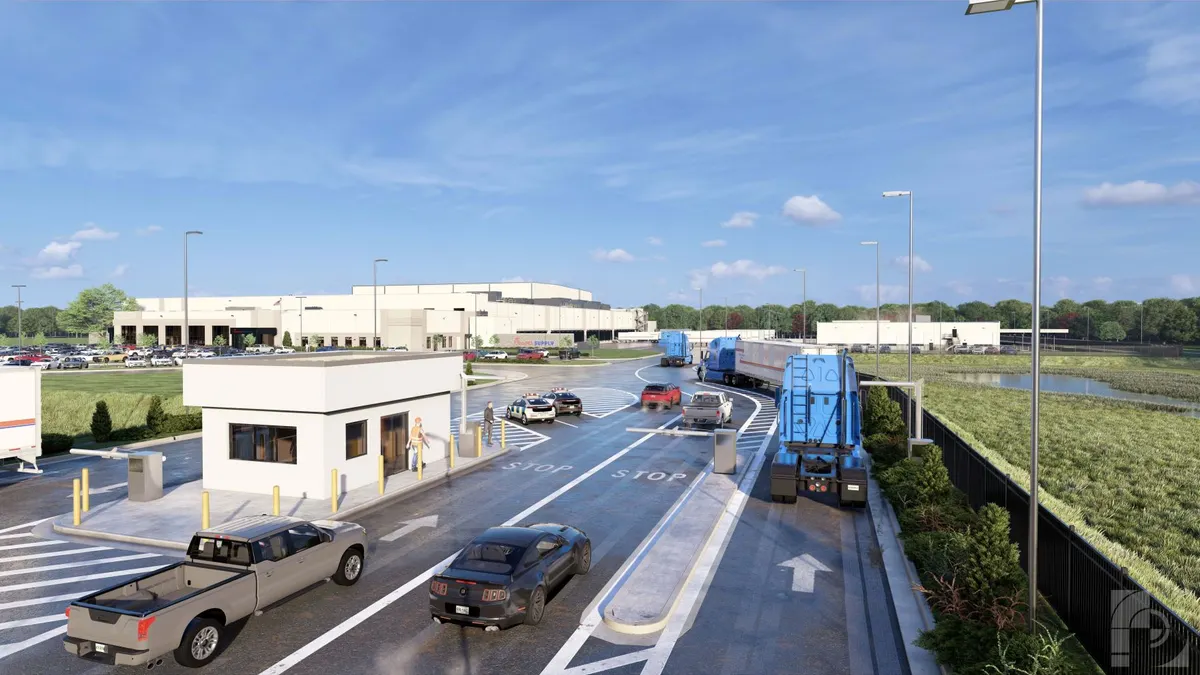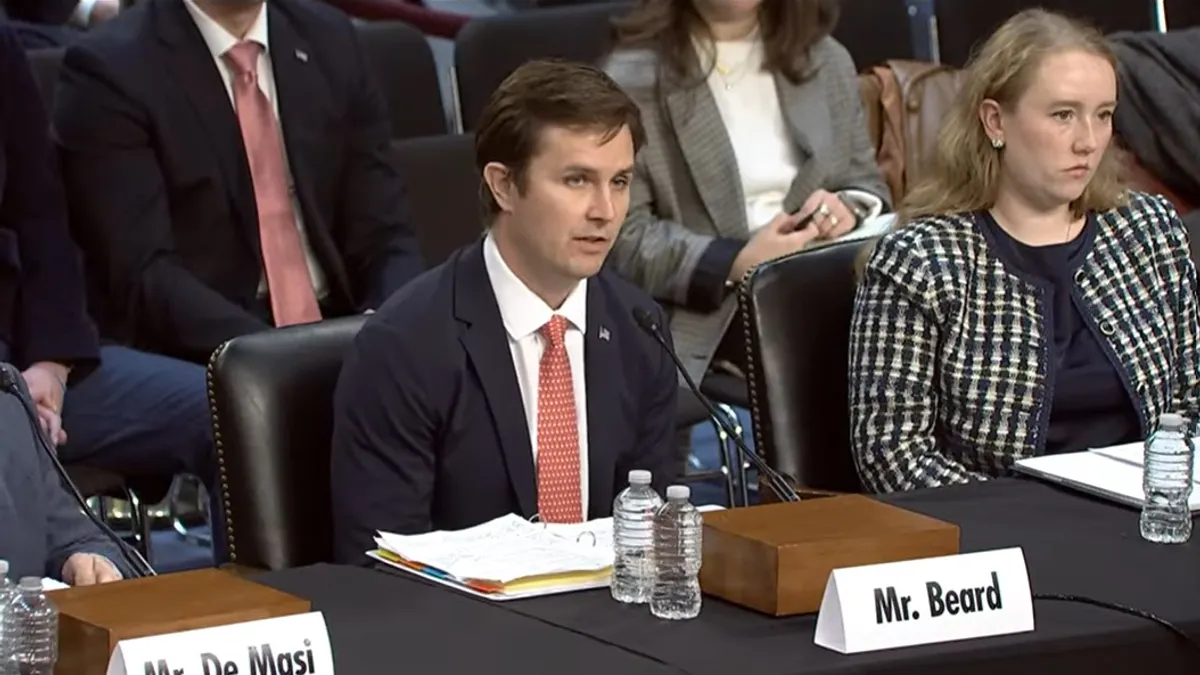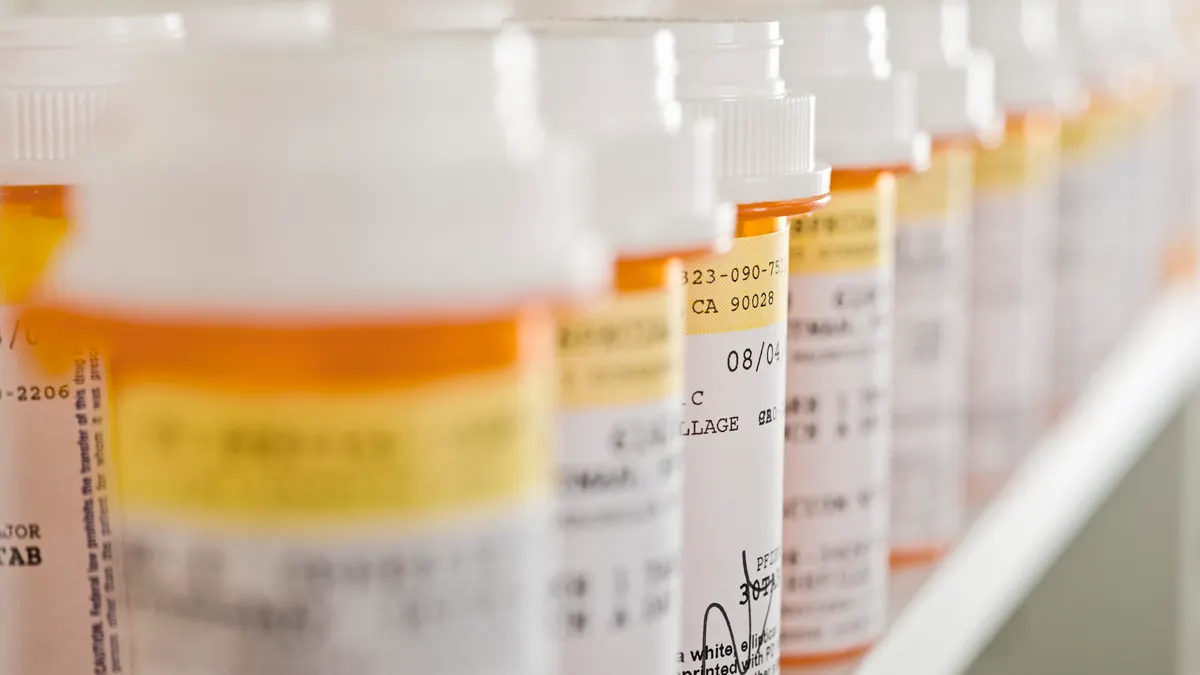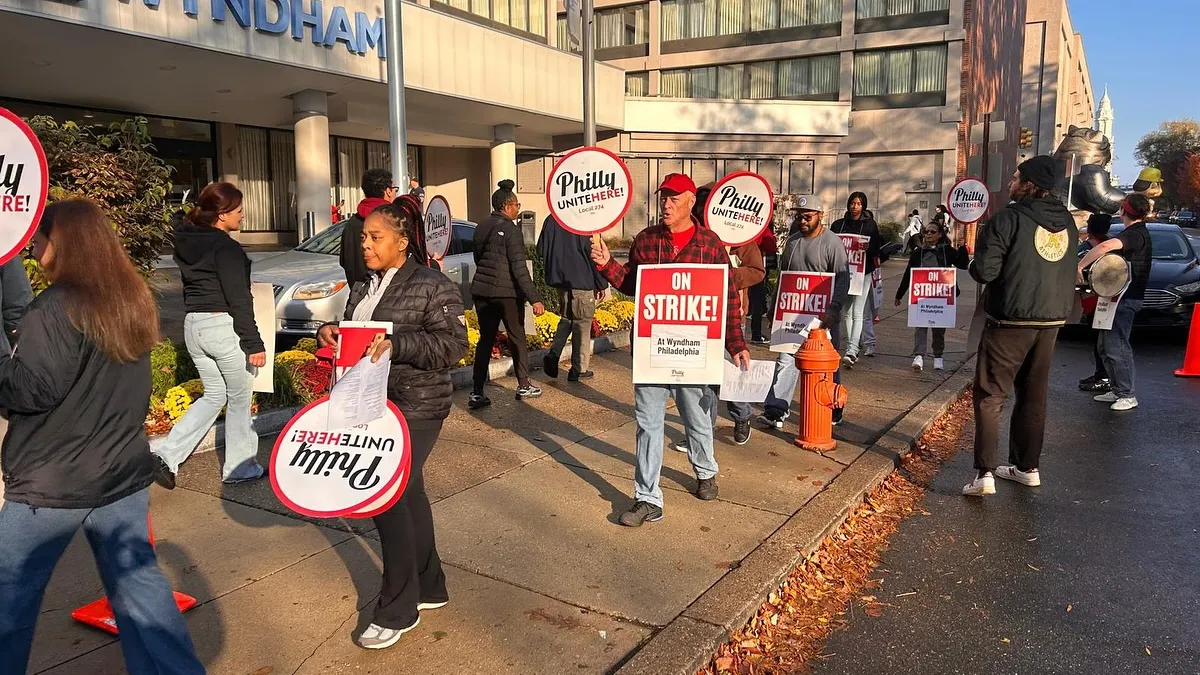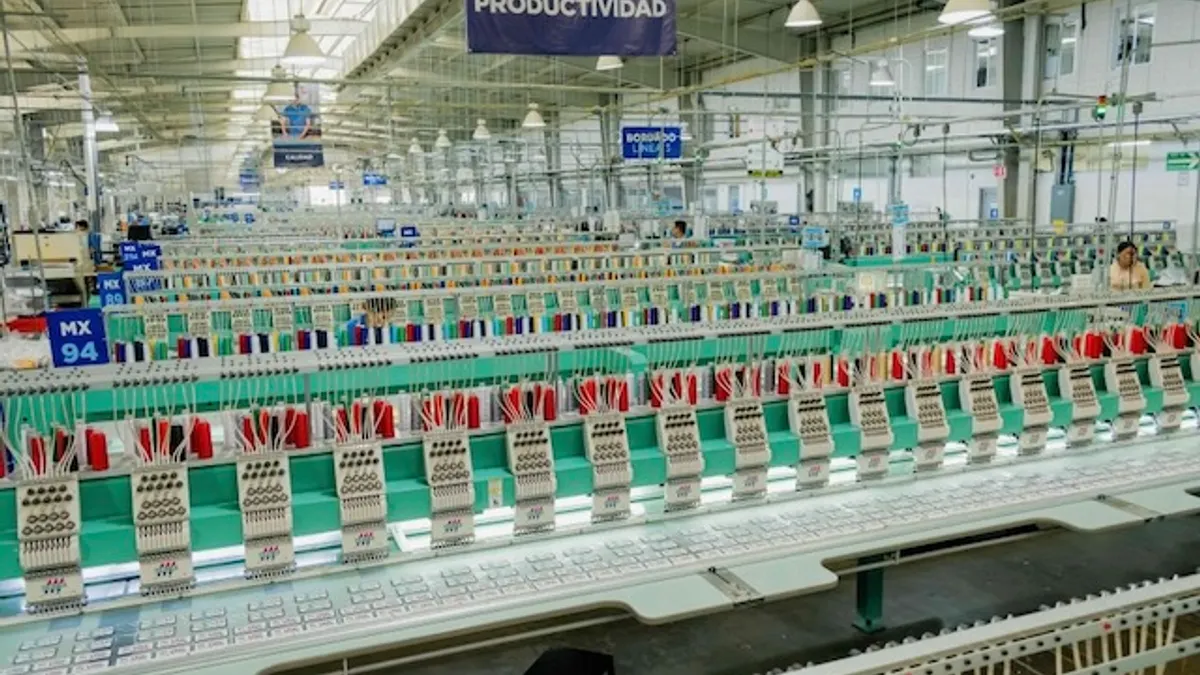As in many things e-commerce, Amazon has been one of the driving forces in changes to packaging, namely less of it and with sustainable materials. The company announced in September 2018 its “Frustration-Free Packaging Vendor Incentive Program” intended to drive sellers to use smaller, lighter and more sustainable packaging options. Amazon started implementing fines on Aug. 1, 2019, according to The Wall Street Journal. Sellers who don’t meet the standard can be fined $1.99 per order.
The rule, along with a corporate drive toward lower costs, less waste and improved sustainability, has spurred innovation in the packaging industry, including a proliferation of new packaging options, particularly in flexible plastic. The plastic packaging market overall was valued at $345.91 billion in 2019, according to Mordor Intelligence, and is expected to reach $426.47 billion by 2025.
"If you look at our business just in the last five years, we went from selling what goes into the packaging, like cushioning and bubble wrap, and moved toward parceling solutions," Jeff Potts, executive director of business development for fulfillment automation at Sealed Air, told Supply Chain Dive in an interview.
Plastic packaging reduces transportation costs but also raises the thorny issue of how these plastics can and cannot be recycled. It’s not just about tossing a cardboard box on the curb anymore, especially when cardboard boxes aren’t the standard shipping option anymore.
New packaging saves on shipping costs, pushes automation
The movement toward smaller packaging is, in part, a way to save money: smaller packages cost less to ship, and it makes them easier to pack, whether by human or machine.
Creston Electronics, which makes conference room equipment, switched in 2018 from using cardboard materials for shipping to a mix of a corrugated cardboard frame with a recyclable flexible film to hold the product in place and showcase it at the same time. As a result, it reduced transportation spend by 20%.
"When you fill up a van for delivery, you can fit more packages and parcels in the van if they’re in a more efficient shape and size," Brendan Connell-French, research associate in films and flexible packaging at Wood Mackenzie, told Supply Chain Dive in an interview. Companies can "fit more of them in a small space than they could if they were small cardboard boxes."
"When you fill up a van for delivery, you can fit more packages and parcels in the van if they’re in a more efficient shape and size."

Brendan Connell-French
Research associate in films and flexible packaging at Wood Mackenzie
In addition to smaller and more flexible packaging, manufacturers have focused on speed and automation.
"We’re investing in R&D to come up with new ways to package faster," Potts said. In May 2019, Sealed Air acquired Automated Packaging Systems (APS). The company also invented Autobag bagging machines and pre-opened bags on a roll. The system "helps speed things up" from about two packages per minute to 12, Potts said.
In 2015, Booktopia, Australia’s leading online book retailer, was growing so fast that it moved to a larger warehouse space. In making the transition, it switched from a carton-based product packed by hand to an automated system, where books were packaged and shipped in a Sealed Air I-Pack inflatable bubble wrap solution and found $1 million in annual labor costs savings.
The sustainability drive
Being able to pack more packages means more can fit into delivery vehicles, which in turn reduces transportation costs and the fuel required to move them. But that’s just one sustainability benefit of new packaging.
Flexible plastics are "really resource-efficient. They’re lightweight and they’ve got a low carbon footprint," Adam Gendell, associate director of GreenBlue’s Sustainable Packing Coalition, told Supply Chain Dive in an interview.
"The drive to minimize packaging has been around since 'sustainability' became a common word," Gendell said. "The massive shift we’ve seen in response to that has been the rise of flexible package wrapping."
In January, Sealed Air launched a new version of its bubble wrap that is made with at least 90% recycled content, it announced in a press release.
"The drive to minimize packaging has been around since 'sustainability' became a common word."

Adam Gendell
Associate Director of GreenBlue’s Sustainable Packing Coalition
But what can companies do with the packaging? The Washington Post reported that Amazon’s streamlined packaging was gumming up recycling centers, much in the same way that plastic bags do. Neither item belongs there, Gendell said.
That makes another area for R&D. He pointed to the Material Recovery for the Future project, an industry collaboration to create flexible plastics that can be recycled and a recycling stream that can handle those materials.
It piloted single-stream curbside recycling of flexible plastic packaging at a TotalRecycle materials recovery facility in Berks County, Pennsylvania. The hope is to "be the first pilot to demonstrate the technical and economic feasibility of recycling household FPP from municipal residential single-stream recycling programs," according to a press release. The project anticipates releasing results from the pilot program this spring.
That doesn’t mean plastics mailers are going to be out. "That train has already left the station," Gendell said, even if right now those plastics can’t be recycled or recovered.
This story was first published in our weekly newsletter, Supply Chain Dive: Operations. Sign up here.






